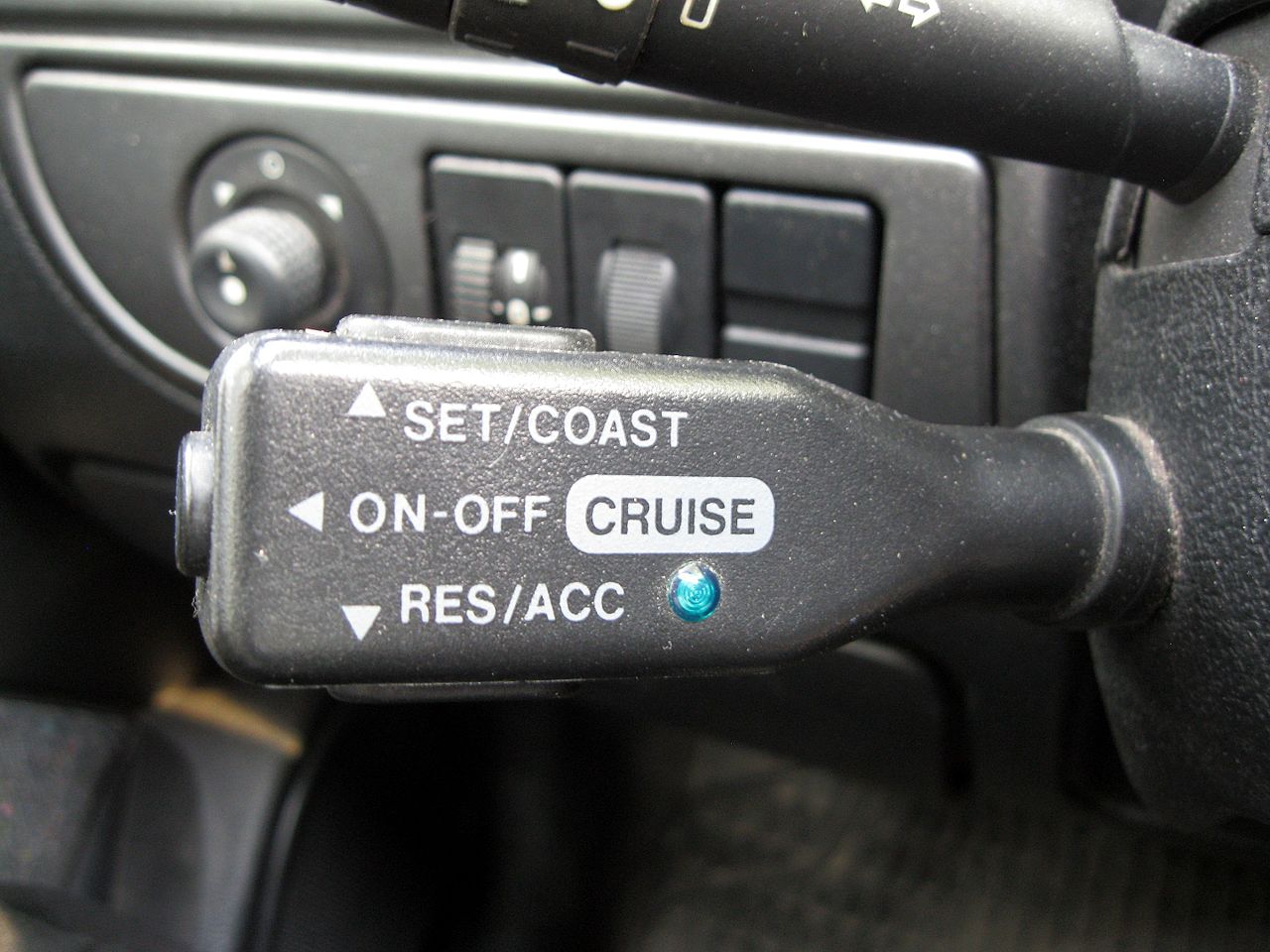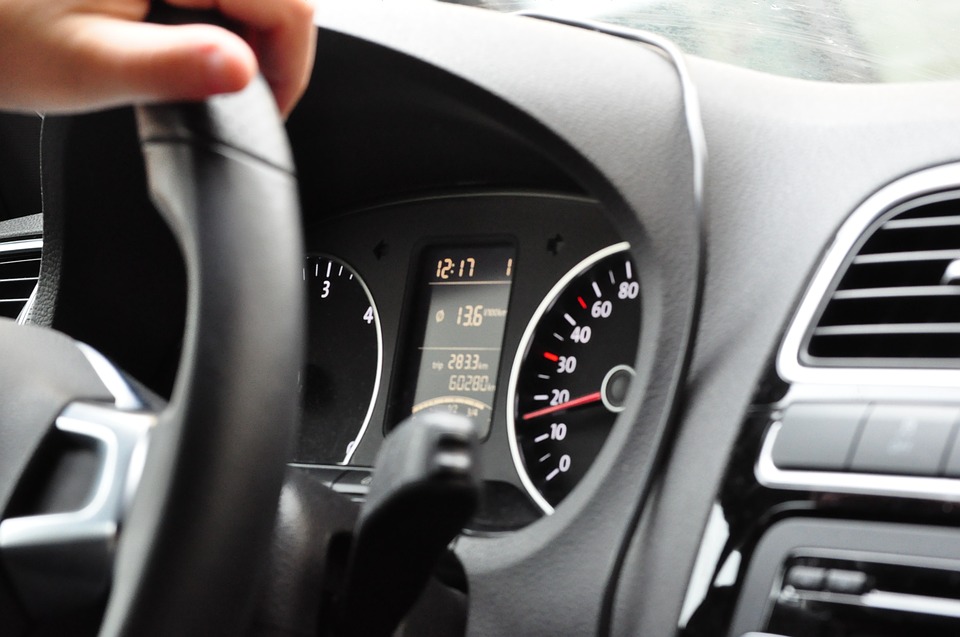Ever since Karl Benz invented the first horseless carriage, auto manufacturers have used new technologies, such as seatbelt and airbags, to improve the safety and convenience of their vehicles. More recently, as computers have become smarter and more integrated into vehicles, auto manufacturers have used these devices to give drivers powerful safety tools, such as backup cameras and blind spot warning systems.
What is Adaptive Cruise Control?

Adaptive cruise control, or ACC, is a technology that has quickly become an essential feature for many drivers. ACC is an intelligent and adaptable version of the cruise control system. Unlike regular cruise control systems, which simply hold the vehicle’s speed at a constant level, adaptive systems regulate the speed of the vehicle to maintain a safe following distance while in traffic.
History of Adaptive Cruise Control

Adaptive cruise control has been a fixture of vehicles for years, although early systems only warned drivers and didn’t directly control the speed of the vehicle. The first precursor to ACC, the lidar-based Distance Warning system, was introduced in 1992. Later, in 1995, laser-based Preview Distance Control was introduced, which could use throttle control or downshifting to influence the speed of the vehicle. In 1999, the first radar-based ACC system, the Distronic, was introduced.
As technology continued to improve, lidar and radar systems were seeing active use, and manufacturers had begun giving these systems some amount of speed control. These systems were exclusive to the overseas market, however, until 2000 when they were introduced to the American market. In 2005, the first American radar-based system was introduced as part of Acura’s collision avoidance system.
In 2013, Subaru introduced the binocular computer vision system, featuring front-facing video cameras mounted on either side of the rear-view mirror and utilizing digital processing to extract depth information from the parallax between the two cameras’ views.
How Does Adaptive Cruise Control Work?
ACC systems use onboard computers and sophisticated sensors, such as radar or laser systems, to monitor the other vehicles on the road. Because of this, adaptive cruise control is also called radar cruise control or autonomous cruise control.
Once the driver locks his or her preferred speed into the ACC system, the vehicle will monitor its surroundings. The system runs a signal from its radar headway system through a digital signal processor to determine the distance to the nearest car, and it then uses a longitudinal controller to determine a safe following distance.
If the driver’s vehicle has too little following distance, the ACC system sends a signal to the engine or brakes, slowing the vehicle down. Once the path is clear, the ACC system will accelerate the vehicle back to the driver’s preferred speed. By restricting airflow to the engine when the vehicle is close to its speed setting and increasing airflow when the vehicle is below its speed setting, the cruise control system helps the car maintain a near-constant speed.
- The system itself is composed of several parts, each with its own task:
- The ACC module processes sensor data to determine if there’s another vehicle in front of the car.
- The engine control module regulates the engine throttle according to data from the ACC module and the instrument cluster.
- The brake control module checks the vehicle’s speed and applies the brakes when necessary.
- The instrument cluster relays information about the system back to the driver and sends information from the cruise switches to the ACC module and the engine control module.
- The cruise switches receive input from the driver, turning the system on or off and setting the desired speed.
- The brake switches monitor the braking system and disengage the cruise control system when the driver applies the brakes manually.
- The brake lights illuminate when either the driver or the ACC system engages the brakes.
Pros and Cons of Adaptive Cruise Control
Traditional cruise control is only viable in light traffic situations. When the driver must make frequent speed adjustments to compensate for traffic, cruise control becomes more of a hassle than a convenience. This is where adaptive cruise control systems really shine: with adaptive cruise control, drivers can take advantage of cruise control even in heavy traffic situations. Using such systems also helps the driver focus on the actual driving.
Many adaptive cruise control systems are paired with pre-crash warning systems and will the driver to a sudden change in the speed of the lead vehicle and warn them to apply the brakes immediately. Some systems will even apply emergency braking to avoid an accident.
Due to their advanced technology, vehicles with ACC systems are typically more expensive than traditional systems.
Further Developments
Manufacturers continue to make improvements to their adaptive cruise control systems. Cooperative cruise control, for example, is an extension of the ACC system that allows vehicles to communicate with their neighbors, modulating speeds and improving traffic flow. Predictive systems monitor vehicles in other lanes and anticipate the actions of those vehicles, adjusting for the possibility of a sudden lane change or mechanical failure.
Adaptive cruise control is a great feature that improves both safety and convenience. By removing the burden of speed control from the driver, these systems allow humans to concentrate on other aspects of driving that require a clear head and decision making. As manufacturers continue to refine these systems and add new features to them, the safety benefits will only increase.
 Proctorcars is a brand new car magazine bringing you the latest information about car technology, in-depth guides on a variety of automotive and driving topics as well as fun and interesting articles that you don’t want to miss!
Proctorcars is a brand new car magazine bringing you the latest information about car technology, in-depth guides on a variety of automotive and driving topics as well as fun and interesting articles that you don’t want to miss!
